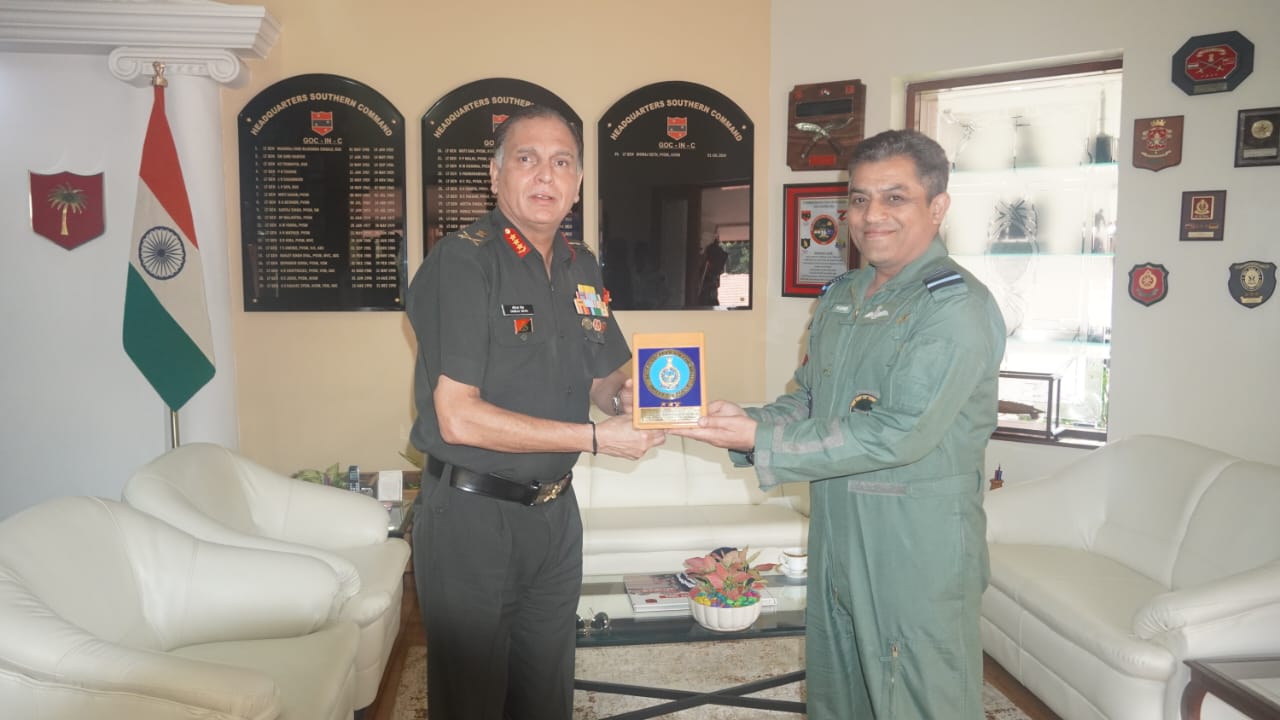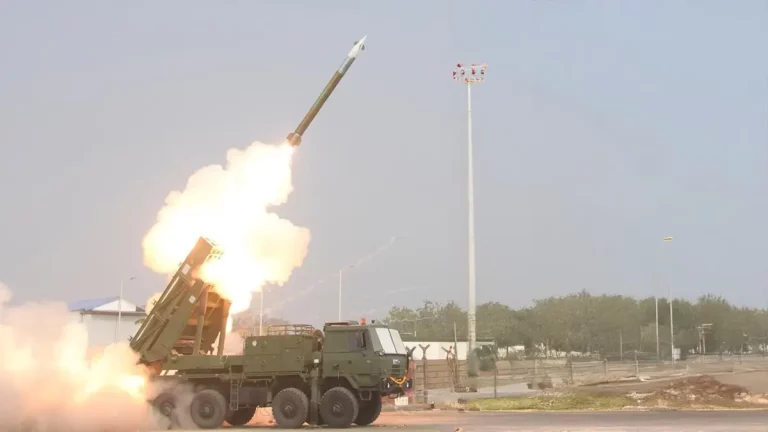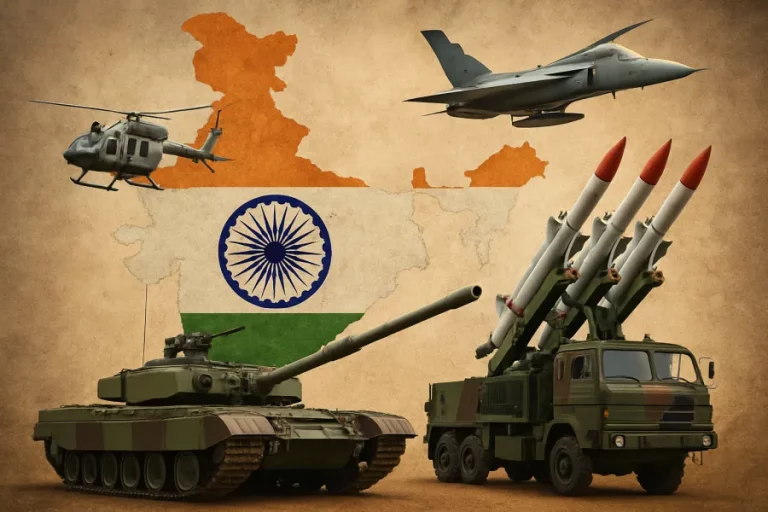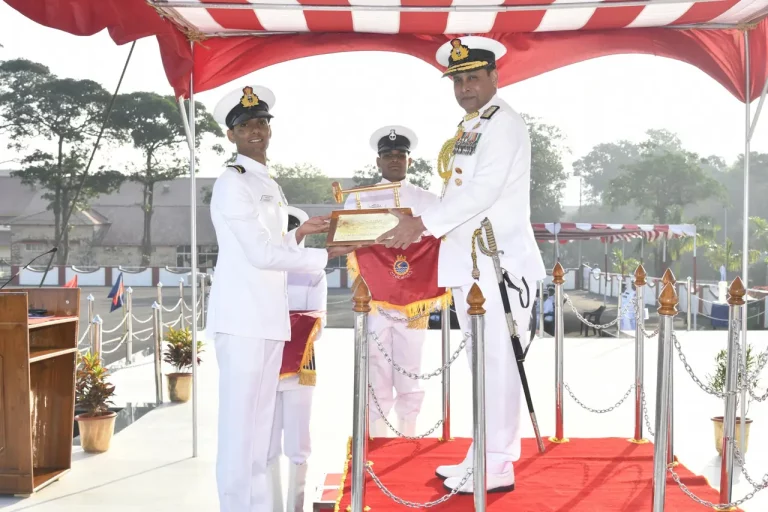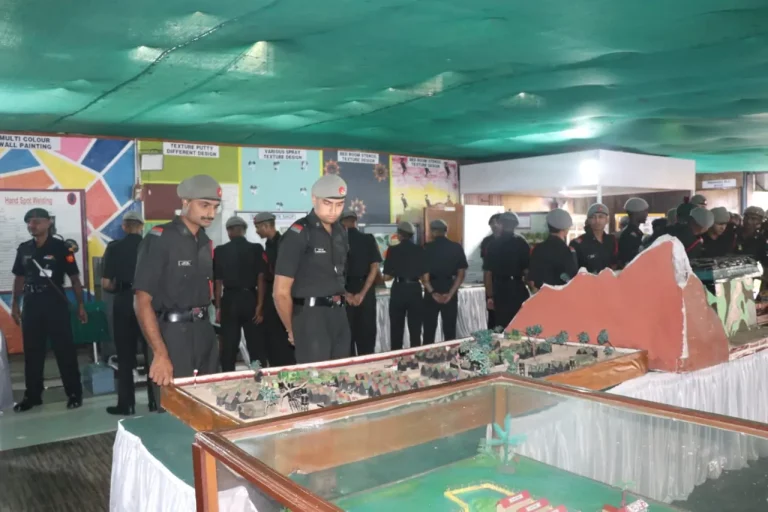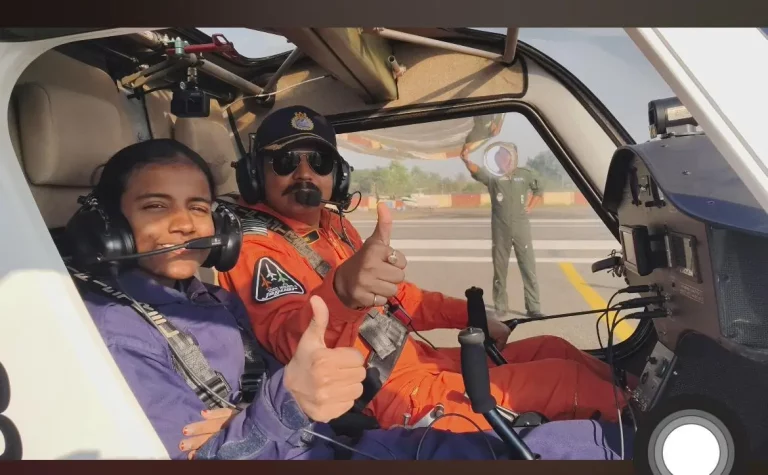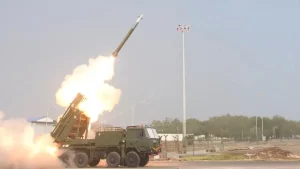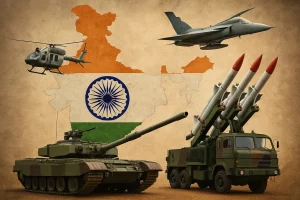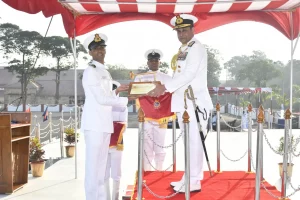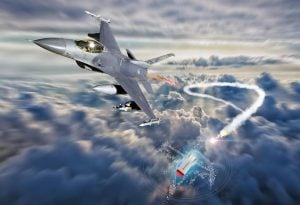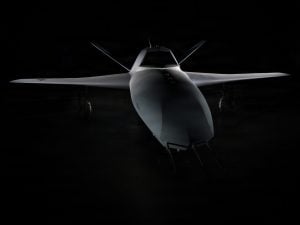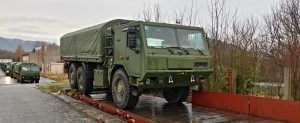Air Marshal Nagesh Kapoor, the Air Officer Commanding-in-Chief of the South Western Air Command (SWAC), made a significant inspection visit to the Advanced Headquarters in Gandhinagar to evaluate the operational readiness of air units under his command. This visit was particularly focused on enhancing mission preparedness and fostering joint operational coordination with the Indian Army, especially in light of the recent Operation Sindoor.
During his visit, Air Marshal Kapoor engaged with Air Force personnel and senior staff, commending their efforts in maintaining rapid response capabilities and executing operations with professionalism. His discussions also encompassed strategic dialogues with Lieutenant General Dhiraj Seth, the General Officer Commanding-in-Chief of the Southern Command, emphasizing the need for integrated combat strategies and collaborative efforts among the services in high-threat scenarios.
Although details of Operation Sindoor remain largely classified, it is believed to have involved coordinated precision strikes and intelligence-driven missions along the western front of India. This operation highlighted the successful joint planning between the Indian Air Force and the Army. Officials have indicated that both commands are now dedicated to formalizing protocols for seamless coordination in multi-domain operations, a critical aspect of modern warfare.
Air Marshal Kapoor, an experienced fighter pilot and former Defence Attaché to Pakistan, brings invaluable geopolitical insights to India’s defense strategies in the region. Lieutenant General Seth, who took command of the Southern Command in July 2024, is recognized for his leadership of the XXI Strike Corps and his previous positions within Army headquarters.
Their meeting underscores India’s ongoing efforts to modernize its joint warfare strategy, aimed at aligning with the Joint Doctrine for Multi-Domain Operations. This doctrine emphasizes the importance of integrated responses across land, air, maritime, space, and cyber domains, addressing the complex security challenges that arise in contemporary scenarios.
The outcomes of this visit are anticipated to pave the way for increased joint planning initiatives and readiness assessments, thereby fortifying India’s deterrence capabilities in a region characterized by persistent external threats and unstable borders.
